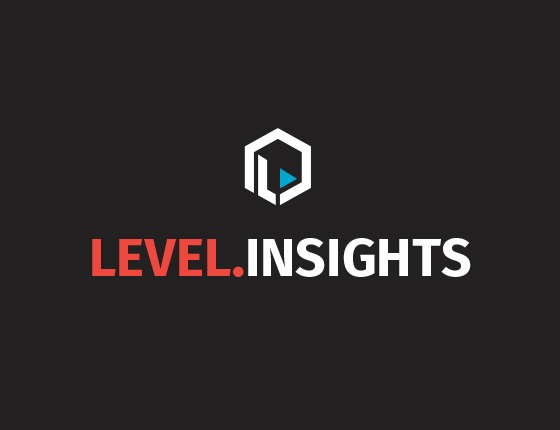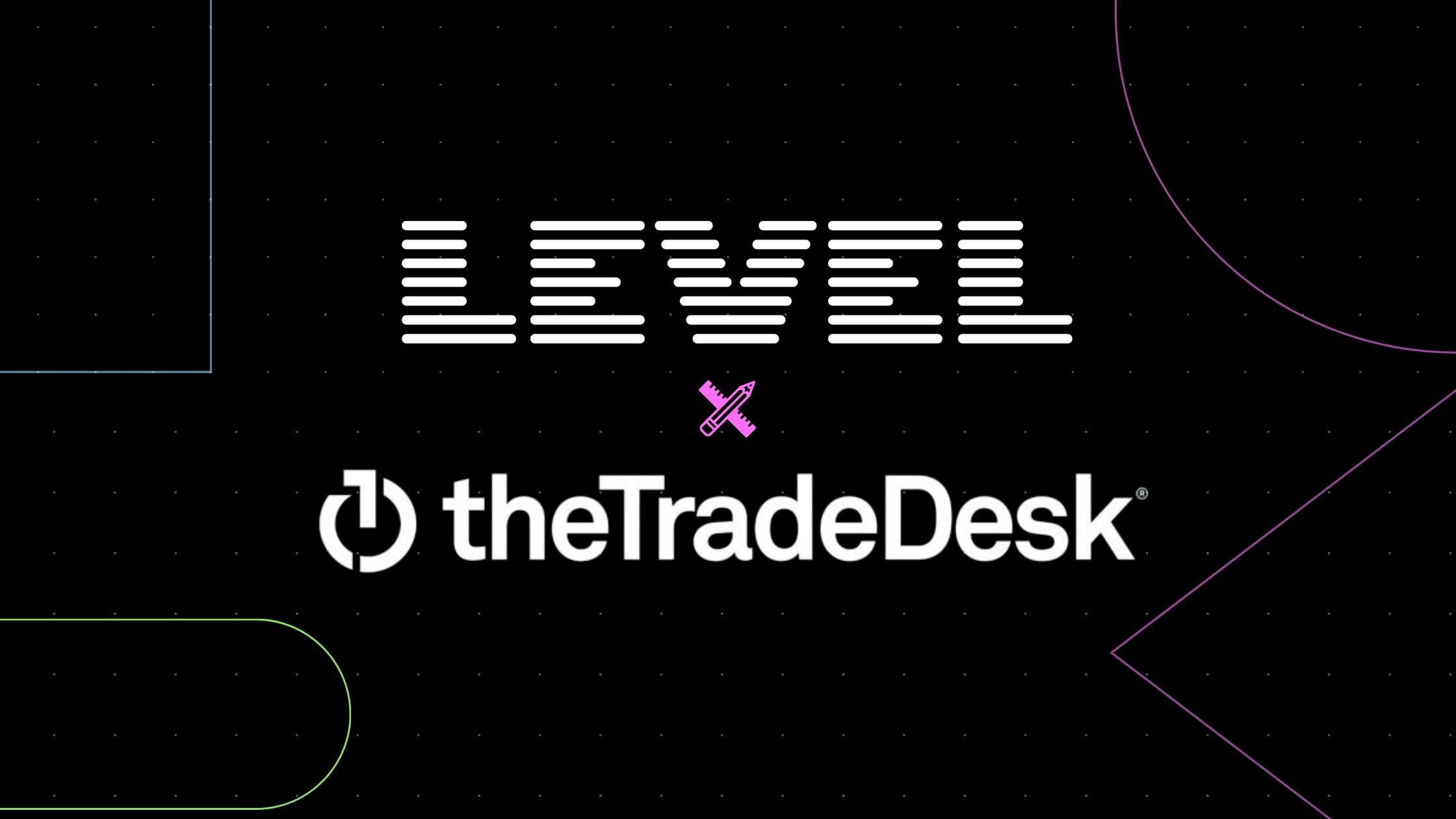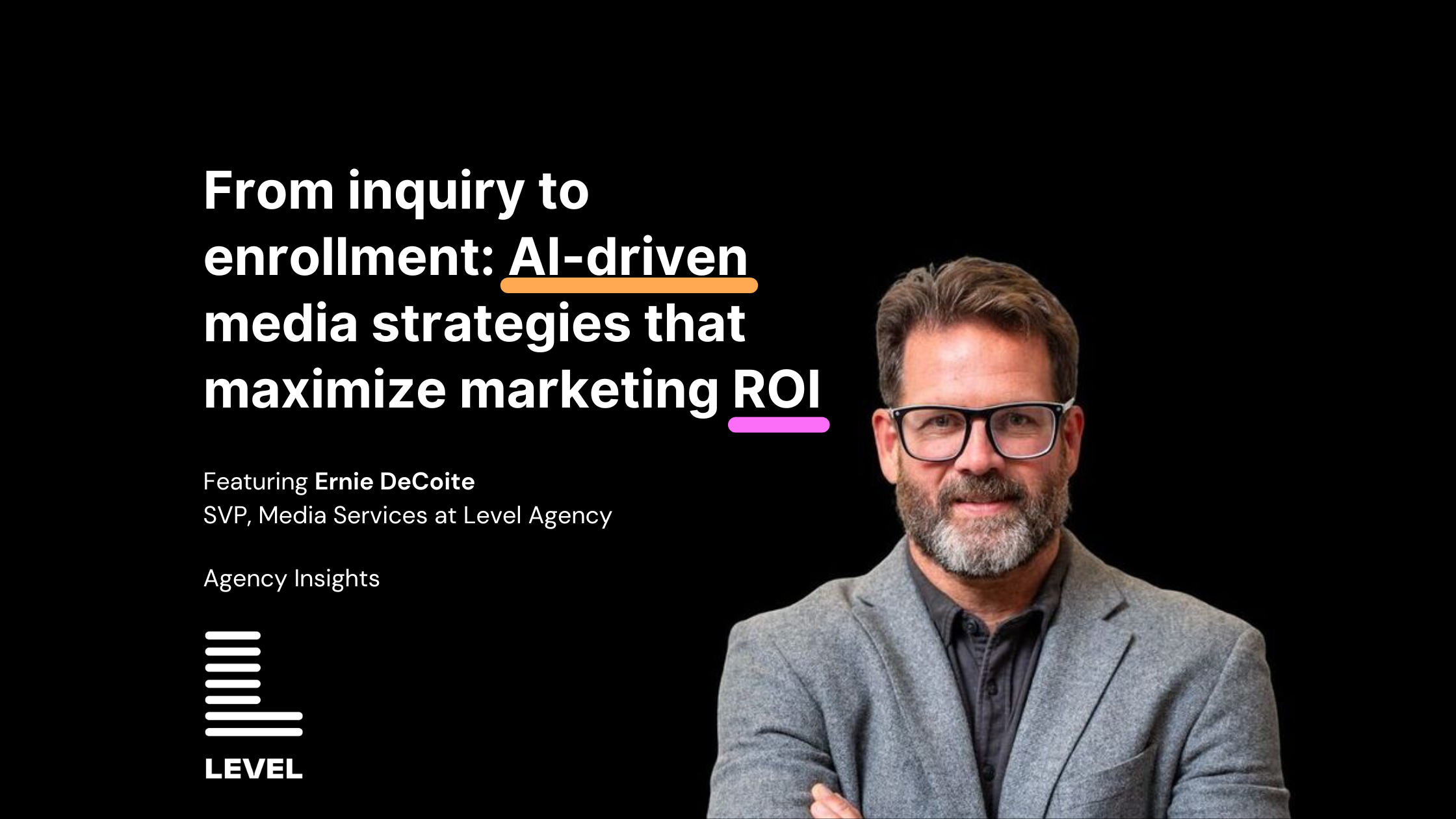Early last week, Google Marketing Live – the highly awaited yearly unveiling ceremony – offered a sneak peek at Google’s newest additions to its marketing platform. All of the new releases cater to a growing demand for artificial intelligence and incorporate innovations that provide automation to any aspect of a marketing campaign. Our Level team, after carefully reviewing these new advertising tools, has compiled a list of all the facts as well as our opinions on what matters.
Announcements & Highlights:
- Responsive Search Ads: Currently in beta, this new form of automated ad testing offers a larger character count, more headlines, and automated rotation. Google’s learning algorithm allows for the optimization of ad copy with each session, by rotating through 15 different headlines and 4 description lines. Also, with the extension of the description character space, advertisers can now enter as many as 90 characters instead of the previous 80-character restriction. Though Level has seen mixed results with Google’s automated optimizations, their beta incentive to give more characters in this ad unit makes this especially promising to test for Level’s clients.
- Local Campaigns: Google searches containing the phrase “near me” have increased 10x with the recent rise of mobile devices. In this new campaign, the primary goal is to drive foot traffic to businesses through mobile users who have opted into Google’s location services. This feature is promising for Level’s brick-and-mortar clients, and with the combination of average value of visitor to each storefront, a ROAS can be estimated through these campaigns.
- Smart Shopping: Building on new campaign types launched in May, Smart Shopping campaigns automate and optimize delivery of ads across Google’s network to maximize ROAS. This service will also allow advertisers to customize their goals, giving them the option to focus on generating new ecommerce customers or increasing store visits. In addition, Shopify has been integrated into the system to allow users to launch their Smart Shopping campaigns directly through the platform.
- YouTube Brand Lift Goals: A new smart bidding strategy, Maximize Lift, is a natural progression from Google’s brand lift study efforts. Though details are slim for how Google quantifies brand awareness growth, this new YouTube-based campaign will attempt to maximize the likelihood of someone positively considering a brand after viewing a video advertisement. Level Agency has seen mixed results with brand lift study campaigns run in the past, thus we recommend careful consideration of targeting and audience before testing into these YouTube goals, which may run contrary to direct response lead-generation results.
- Analytics Cross-Device Reporting & Remarketing: Cross-device reporting, previously only available within AdWords, is now available in Analytics. With more attributive tracking now available in Analytics, this also enables advertisers to create unique remarketing audiences (think: event-tracking) unavailable within AdWords, that can now be shared in AdWords and DoubleClick. With the additional announcement early last week that DoubleClick and Analytics would be merging into one Google Marketing Platform product, this will likely mean DoubleClick cross-channel attribution merging with Analytics cross-device attribution is on the very short horizon, getting an even more robust measurement of each channel’s attributive effect on one another. This will allow advertisers to make even smarter marketing decisions based on direct and indirect impact of channels, campaigns, and other advertising efforts.








